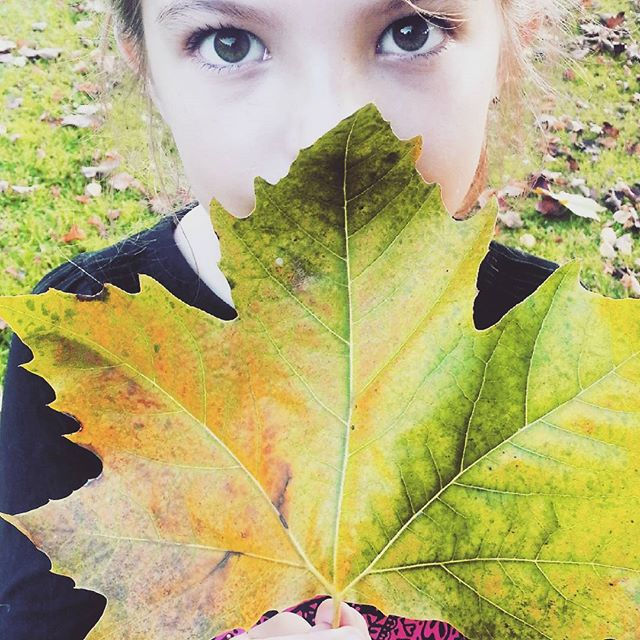UK Wildlife Conservation
- Sarah Stockley

- Dec 13, 2016
- 2 min read
Children need to be outside. They need to get dirty, explore and learn about nature in a fun way.
British nature is in decline
The State Of Nature Report 2016 reveals that the UK is one of the most nature-depleted countries in the world, with the greatest threats being agricultural and climate change.
Affected natural areas include woodland, coastal, urban and farmland, meaning a huge array of native species are struggling. Fortunately there is lots being done on a local, regional and national level to protect and improve habitats and creatures.
Saving Our Wildlife
There are plenty of ways for the people of Britain to take action including:
Working to connect children with nature
Choosing to live a greener lifestyle
Raising awareness of specific causes
Conservation volunteering
Choosing local holidays that make a difference
Hands-on experiences in the great outdoors are the best ways to inspire children to get closer to nature.
Most weekends we try and get out for a walk in our local woodlands. The best way to keep children interested is to set them some challenges.

See who can spot and identify the first mushroom. We have been teaching our children about fungi for a few years now and they can spot he tiniest of mushrooms tucked under fallen leaves.



Can anybody find any signs of animals? Deer tracks, adder holes, badgers dens? We have spotted mice, frogs, slow worms, grass snakes and toads whilst out on woodland walks. When we have been very lucky we have seen wild deer in the woods. We saw these ones recently at Knole Park in Kent. The children were amazed how close they got.




Foraging is also a great way to introduce children to edible foods. On the forest floor you can find wood sorrel which tastes slightly of apple peel. At certain times of the year you will find wild garlic and lots of edible mushrooms. Of course in later summer the blackberries are in abundance too.




Bush craft and eco camping trips or holidays are a fabulous way to teach children life-long skills.
Survival skills such as fire lighting and den building all come in very handy indeed.


Teach them all about trees and look out for which birds may be nesting in them. See if they can identify trees by the shape of their leaves. If you have a garden put out a bird feeder and spot which species come and visit.

Organise a litter clean up. We have seen on TV how animals can get caught up in plastic can holders and carrier bags. Why not get a group together and go on a nature walk or a beach clean up?

There are many things you can do to help save wildlife and teach children about nature. I hope we have inspired you?







